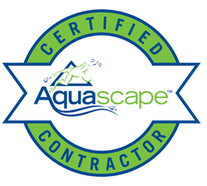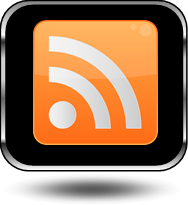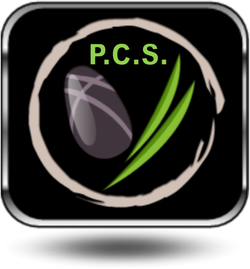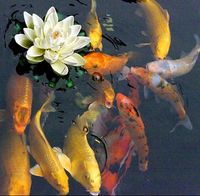
Spawning:
Feeding Baby Fish
Overwintering baby fish
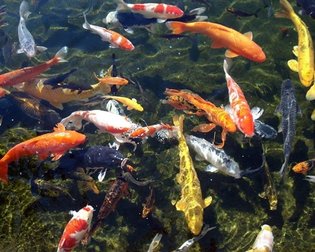
Another thing to remember is that if your pond babies continue to survive year after year, sooner or later they are going to get big and could overcrowd your pond. It is important to know and stick to your magic "fish number" of how many fish your pond can comfortable house without compromising the health of the entire ecosystem. If you plan on keeping some of the babies, understand that eventually you may have to get rid of some of them so to ensure you don't compromise the all of the fish.
Watching the baby fish grow up is fun and the whole process is a great learning experience for kids and adults, alike.
So Now What?
Dreamscapes carries a full line of pond supplies from water treatments and fish medications to pond pumps, heaters, fountains, plants and fish! If you think you need it, we have it!
Retail Hours: April 5th-May 27th: Wednesday-Friday: 10am-5pm; Sat: 9am-1pm
Mon & Tues: Hours By Appointment
May 28th-Nov 25th: Thursday-Friday: 10am-5pm; Sat 9am-12pm
Mon, Tues, Weds: Hours By Appointment
Nov 26th-April 2018: All Hours By Appointment
Contact Us
2155 State Route 343, Lebanon Pa | 717-272-6555 | [email protected]
Dreamscapes Watergardens services the city of Lebanon, Lancaster, Harrisburg, Mechanicsburg, Camp Hill, Cleona, Cornwall, Fredericksburg, Indiantown Gap, Jonestown, Kleinfeltersville, Mount Gretna, Myerstown, Newmanstown Palmyra, Quentin, Reistville, Richland, Schaefferstown of Pennsylvania, PA
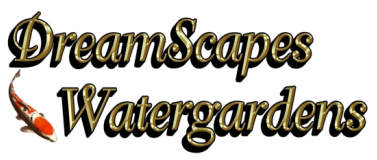
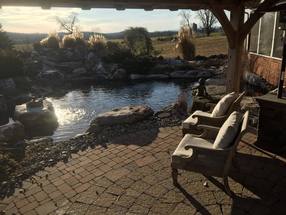
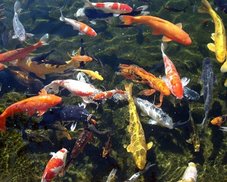
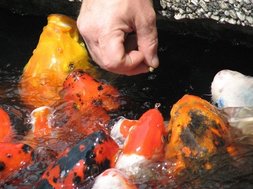
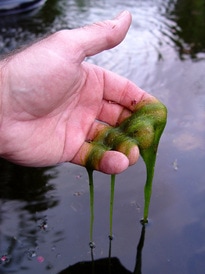
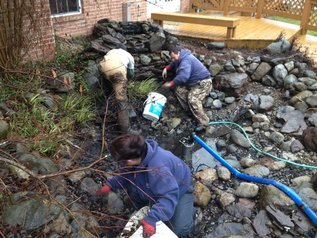
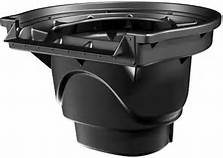
 RSS Feed
RSS Feed
